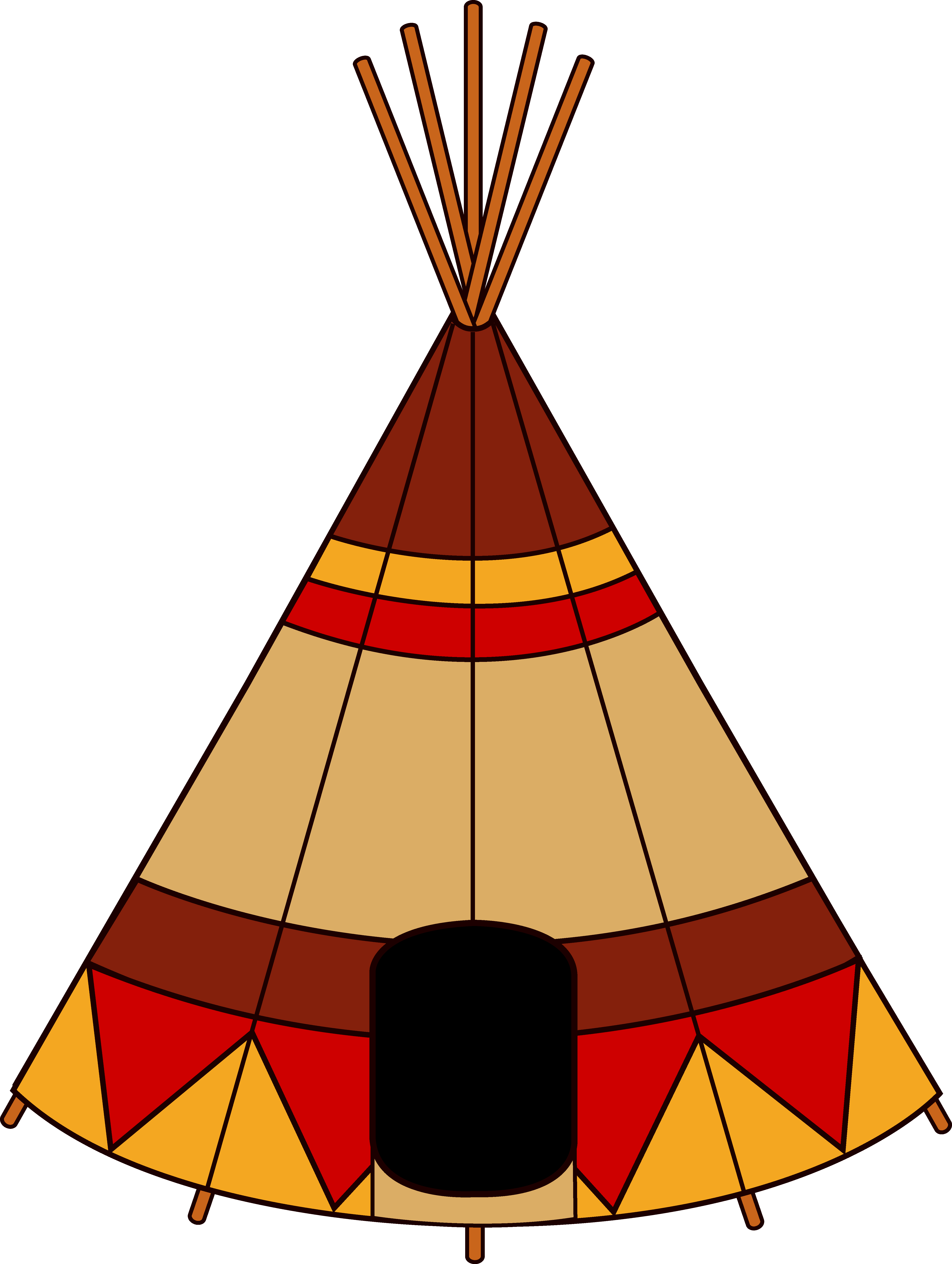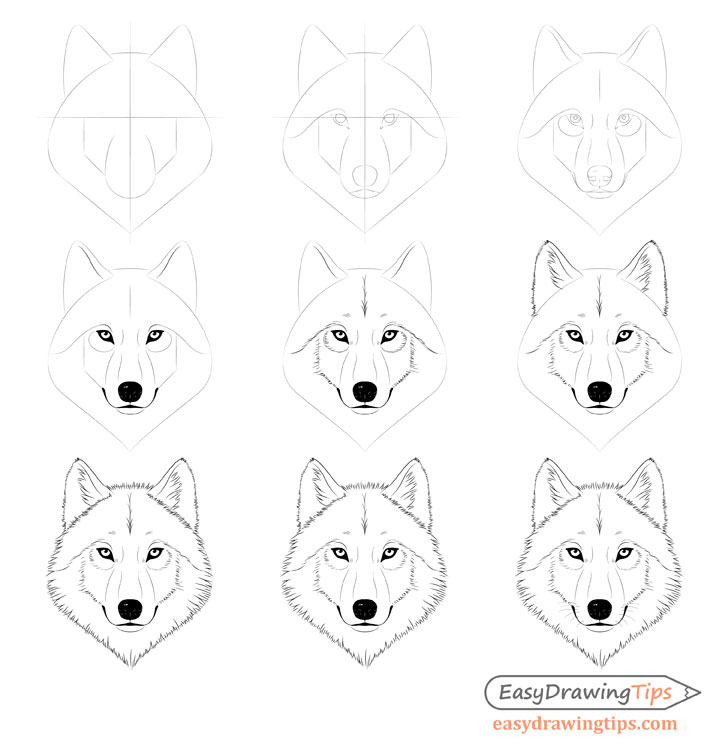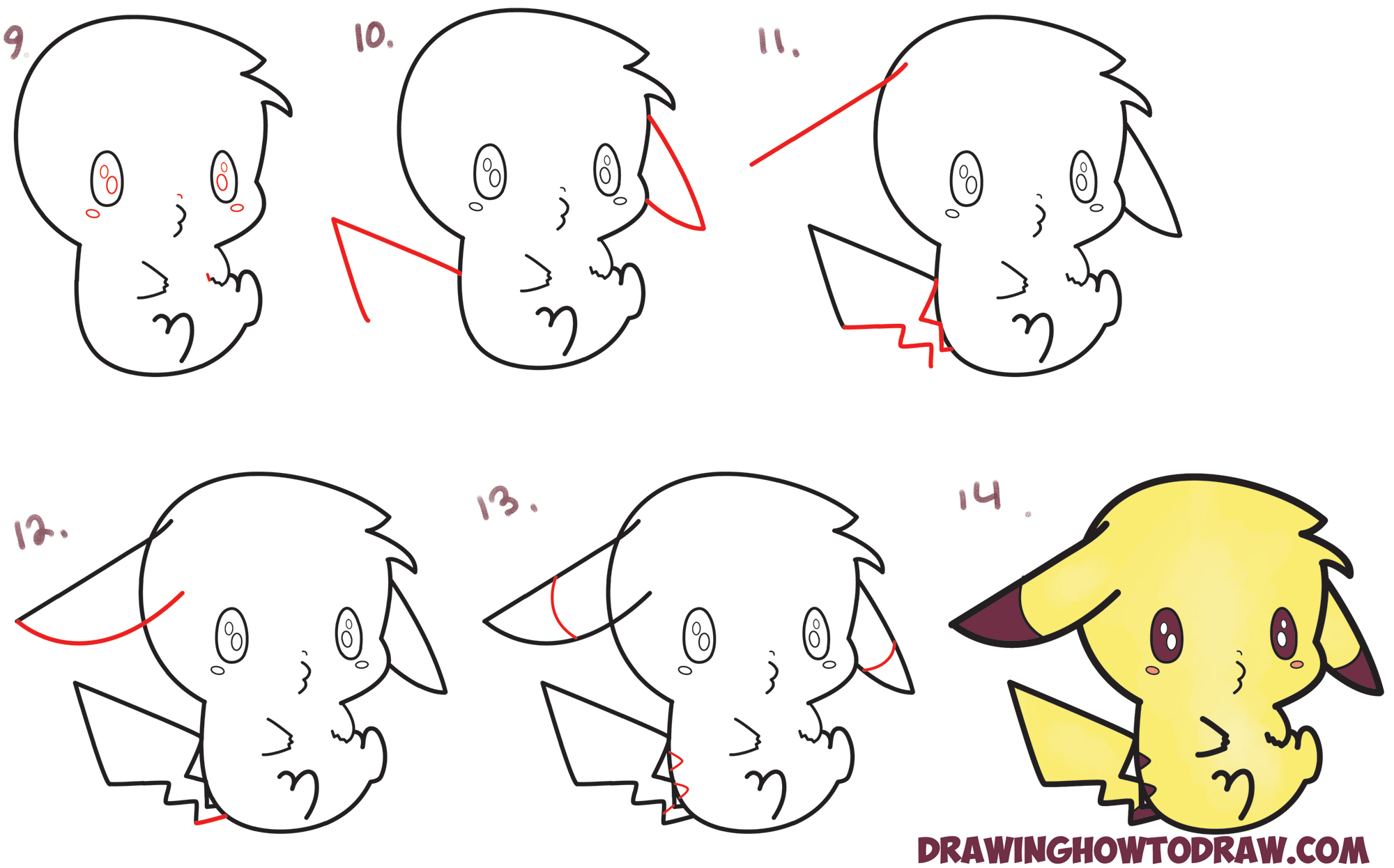Phylogenetic trees and geologic time
Table of Contents
Table of Contents
In today’s world, having the ability to draw a Phylogenetic Tree is essential for anyone who wants to be a biologist or work in a related field. With this skill, individuals can better understand the evolutionary relationships between different organisms.
Pain Points of Drawing a Phylogenetic Tree
The process of creating a Phylogenetic Tree can be daunting, especially for those who are new to the field of biology. Some of the pain points of drawing a Phylogenetic Tree include understanding the various terms and concepts, such as branch length, rooting, and outgroups. Additionally, the sheer number of organisms in a dataset can be overwhelming, making it difficult to create an accurate tree that truly represents the relationships between the organisms.
Answering How to Draw a Phylogenetic Tree
At its core, drawing a Phylogenetic Tree involves creating a visual representation of the evolutionary relationships between different organisms. The first step in this process is to gather data, typically in the form of molecular sequences, morphological traits, or both. Once the data is collected, it must be analyzed to determine the relationships between the organisms.
To create a Phylogenetic Tree, various programs and software can be used, such as MEGA, PAUP*, or BEAST. These programs use algorithms to analyze the data and create a tree that represents the relationships between the organisms. It’s important to note that the accuracy of the tree depends on the quality of the data and the algorithms used to analyze it.
Summary
Overall, drawing a Phylogenetic Tree involves collecting and analyzing data to create a visual representation of the evolutionary relationships between different organisms. While there may be pain points in the process, such as understanding the terminology and analyzing large datasets, the end result can be useful for understanding evolutionary biology.
Tips for Drawing a Phylogenetic Tree
As someone who has drawn many Phylogenetic Trees in my studies, I have found a few tips to be helpful. First, it’s important to have a clear understanding of the data and the relationships between the organisms before beginning the analysis. Additionally, using multiple algorithms or software can help to confirm the accuracy of the tree. Finally, it’s always a good idea to visualize the data before creating the final tree.
 Choosing the Right Approach
Choosing the Right Approach
There are many different approaches to drawing a Phylogenetic Tree, and the choice of approach depends on the type of data being used and the research question. Some common approaches include maximum likelihood, Bayesian inference, and neighbor-joining. Each approach has its own strengths and weaknesses, and the choice of approach can impact the accuracy of the resulting tree.
Outgroups and Rooting
One important aspect of drawing a Phylogenetic Tree is the choice of outgroup and rooting. An outgroup is a taxon that is known to be more distantly related to the organisms being studied, and it is used to root the tree. Rooting is the process of determining the direction of the branches in the tree, which helps to show the order of evolution.
Branch Length and Bootstrap Values
Another important aspect of a Phylogenetic Tree is the branch length and bootstrap values. Branch length represents the amount of evolutionary change between two organisms, while bootstrap values indicate the confidence in the relationship between two organisms. Both of these aspects can be useful in interpreting a Phylogenetic Tree.
Personal Experience with Drawing a Phylogenetic Tree
One of the most challenging aspects of drawing a Phylogenetic Tree is analyzing the data and determining the relationships between the organisms. In my research, I’ve used a variety of software and algorithms to analyze molecular sequence data and create Phylogenetic Trees. While the process can be time-consuming and complex, the end result is always rewarding.
Question and Answer
Q: How do I choose the best approach to drawing a Phylogenetic Tree?
A: The choice of approach depends on the type of data being used and the research question. Consult with a mentor or advisor to determine the best approach for your specific project.
Q: What is the purpose of rooting a Phylogenetic Tree?
A: Rooting the tree helps to determine the order of evolution, which is important in understanding the evolutionary relationships between organisms.
Q: Can I create a Phylogenetic Tree using morphological traits?
A: Yes, although molecular sequence data is typically preferred for its accuracy and ability to resolve relationships at a deeper level.
Q: How many organisms are typically included in a Phylogenetic Tree?
A: The number of organisms can vary greatly depending on the research question and the available data. Some trees may include only a few dozen organisms, while others may include hundreds or even thousands.
Conclusion of How to Draw a Phylogenetic Tree
While drawing a Phylogenetic Tree can be daunting, it is an essential skill for anyone in the field of biology. By understanding the data, choosing the right approach, and carefully analyzing the relationships between organisms, individuals can create accurate representations of the evolutionary relationships between different species.
Gallery
Phylogenetic Tree Draw With Neighbor-Joining Method Based On Pigeon And
Photo Credit by: bing.com / phylogenetic method joining pigeon
Phylogenetic Trees And Geologic Time | Organismal Biology
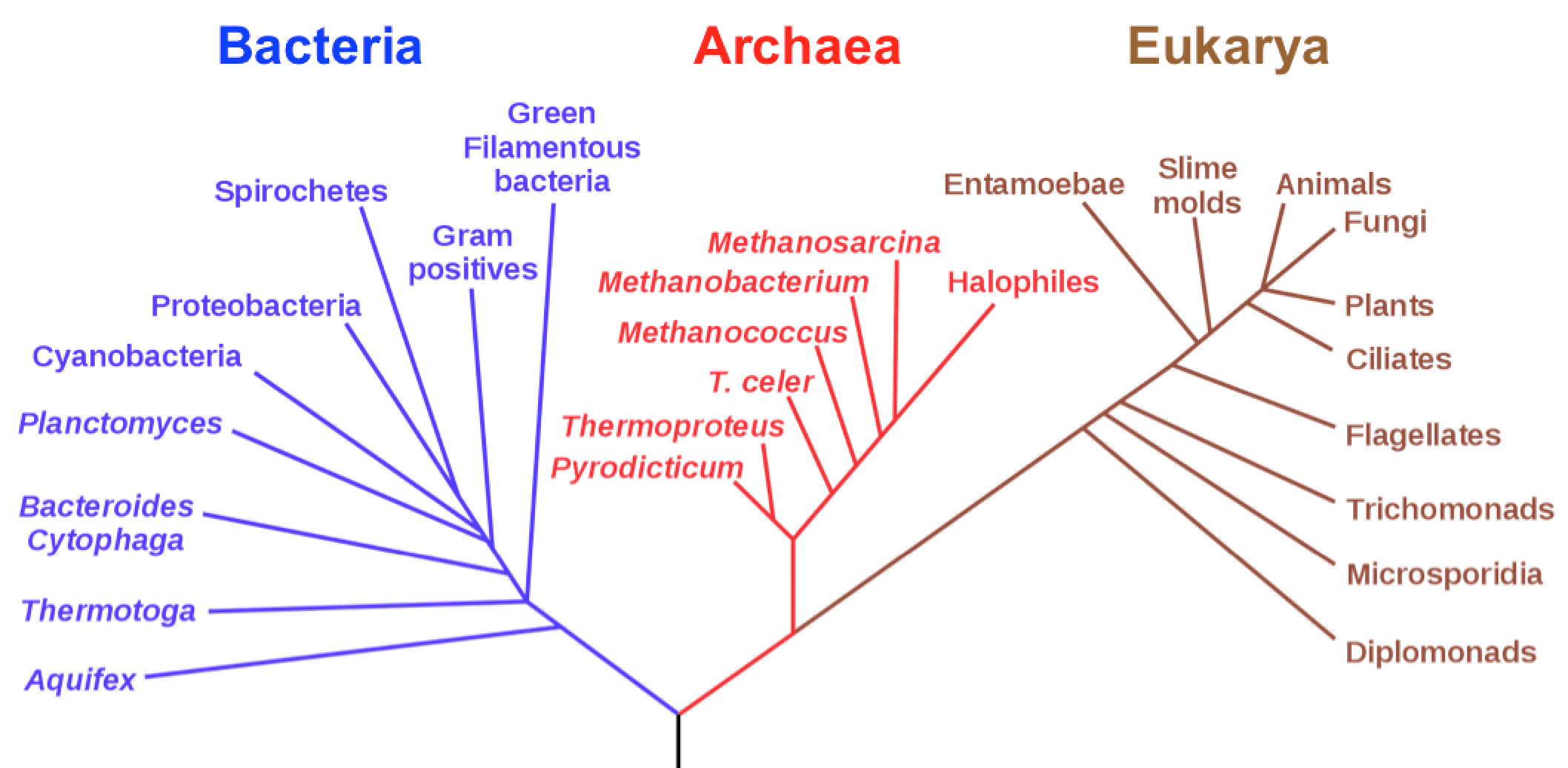
Photo Credit by: bing.com / phylogenetic biology woese geologic rna ribosomal gaba sequences
Week 3 Learning – AP Biology

Photo Credit by: bing.com / phylogenetic tree trees evolution questions learning week biology branch species ap
Understanding Genetics

Photo Credit by: bing.com / phylogenetic tree draw trees shapes different genetics ancestor common species many
Which Two Organisms Are Most Closely Related
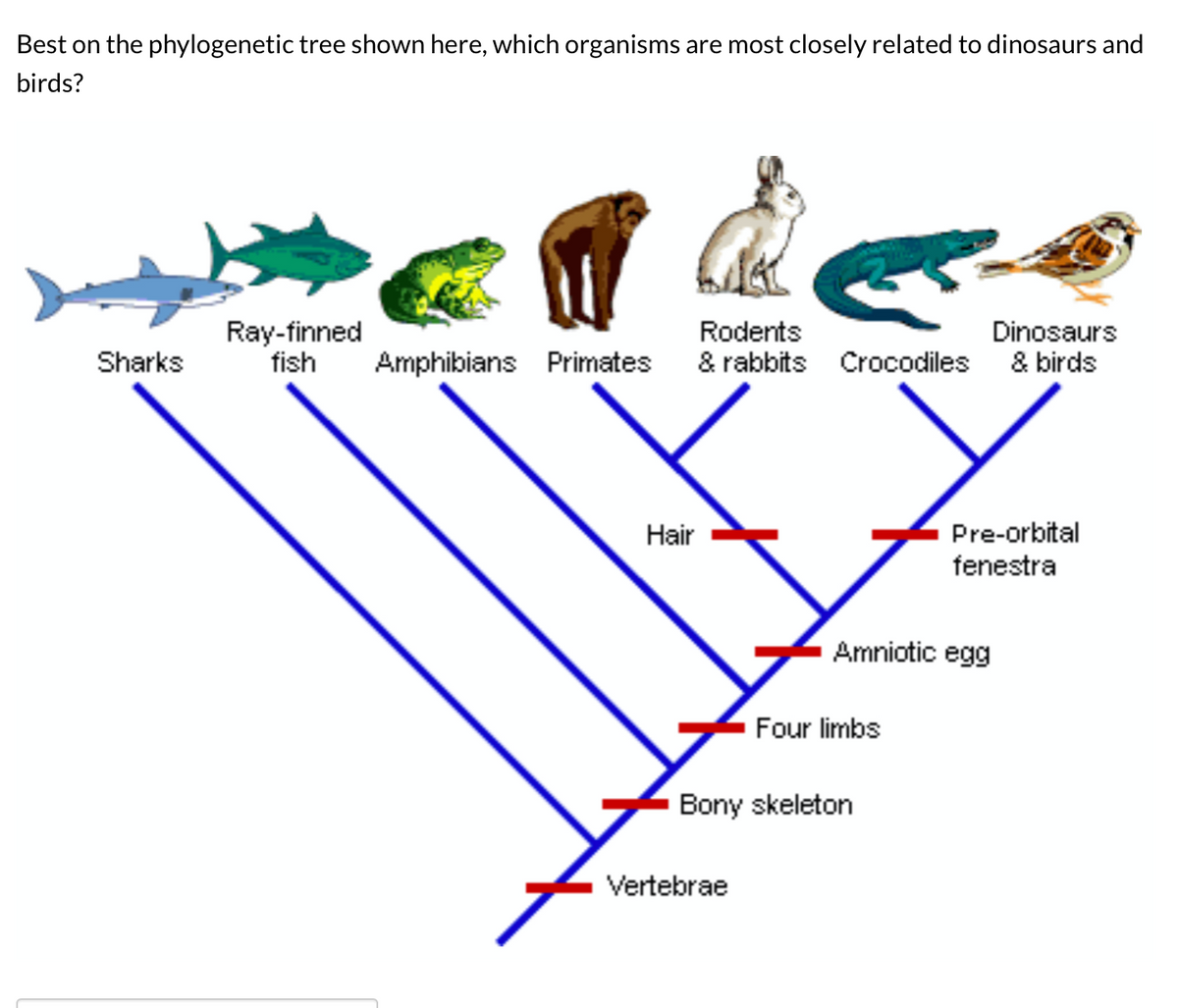
Photo Credit by: bing.com / closely organisms qna question phylogenetic
